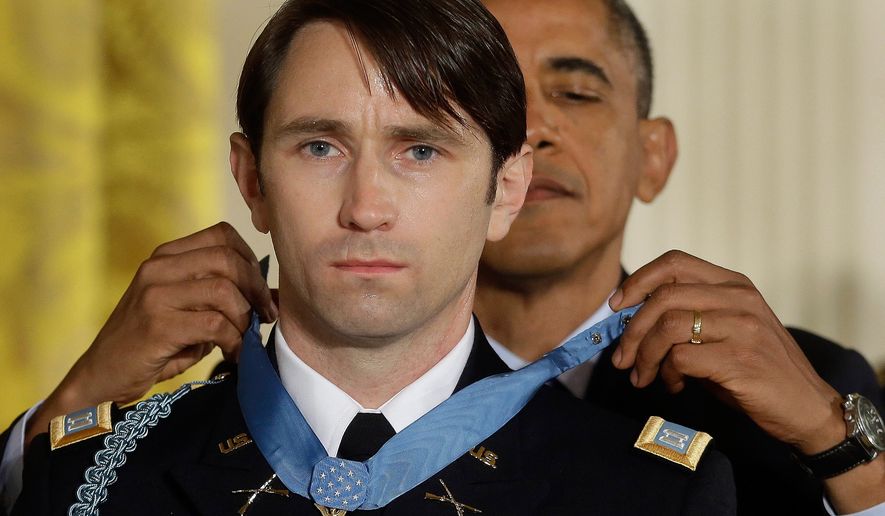
Developing Public Speaking Skills
Every system has key elements. A leadership system has three: 1) workforce, 2) financial resources, and 3) knowledge & information. I recently witnessed the difference between managing these elements vs developing them. The difference is of a seismic scale.
Seattle’s Virginia Mason Medical Center is a system of multiple hospitals and clinics. They are one of the top hospitals in America. For example, they are:
1. The only recipient of Leapfrog Group’s, highest recognition for quality and patient safety, for twelve consecutive years;
2. A Recipient of the Distinguished Hospital Award for Clinical Excellence from Healthgrades for eight consecutive years; and
3. A Recipient of Healthgrades highest award for patient experience for five consecutive years.
Few health care organizations in the world can match this record of consistent long-term performance. As but one example of developing vs managing their key leadership elements, every Friday afternoon, they hold a series of “report outs”. These are exactly 5-minute reports on recent Kaizen or Rapid Process Improvement Workshops. The name would suggest a simple after-action report. Hardly the case. Each report out is part of an integrated approach to developing each of these critical elements. For example:
Developing Workforce. Report outs are done by two participants of each workshop but not the leader. They want to develop public presentation skills of their workforce, so it is the rank and file that do the report outs. Leaders giving the presentation robs staff of the challenge and opportunity for self-improvement. Staff giving their first report out presentation are acknowledged. In my observation, the Chief of Staff was the senior executive and he warmly acknowledged one woman giving her first presentation.
Creating More Value from their financial resources. As the first health care system in the world to adopt the Toyota Production System they are all about eliminating waste. Eliminate waste and more resources flow to patient value. Since adopting TPS the time nurses spend interacting with patients has gone from 35% to 90%.
Developing New Knowledge & Information. As processes are improved and redesigned the knowledge is immediately operationalized and distributed throughout the system. Systems are not improved in isolation, but in collaboration with other systems for total system improvement.
For this health care system, with a long-term record of delivering outstanding patient care, managing is not enough. Developing their key system elements is a heart beat that throbs throughout their leadership system.

 I was just re-reading David Peter Stroh’s book, Systems Thinking for Social Change, and was reminded of the iceberg as a metaphor for a system. 90% Of an iceberg is what lies below the surface of the water. It cannot be seen but the Titanic lies at the bottom of the Atlantic Ocean because of it. The purpose of a leadership system is what lies below the surface of the water. Outside observable behaviors of individual leaders, it cannot be seen. Though hidden, its power is incalculable. The size of its mass relative to what can be seen, gives us an understanding of its power.
I was just re-reading David Peter Stroh’s book, Systems Thinking for Social Change, and was reminded of the iceberg as a metaphor for a system. 90% Of an iceberg is what lies below the surface of the water. It cannot be seen but the Titanic lies at the bottom of the Atlantic Ocean because of it. The purpose of a leadership system is what lies below the surface of the water. Outside observable behaviors of individual leaders, it cannot be seen. Though hidden, its power is incalculable. The size of its mass relative to what can be seen, gives us an understanding of its power.
 Edwards Deming put this title in a different way: Every system is perfectly designed to get the results that it does. Therefore, when Seattle Swedish Hospital’s, Neurological Institute changes surgeon’s compensation formula from one where revenues were shared to one that compensated surgeons on production, they received exactly what the system was designed to produce. Surgical production went up, collaboration when down, safety went down, and a new age of internal competition was born.
Edwards Deming put this title in a different way: Every system is perfectly designed to get the results that it does. Therefore, when Seattle Swedish Hospital’s, Neurological Institute changes surgeon’s compensation formula from one where revenues were shared to one that compensated surgeons on production, they received exactly what the system was designed to produce. Surgical production went up, collaboration when down, safety went down, and a new age of internal competition was born.